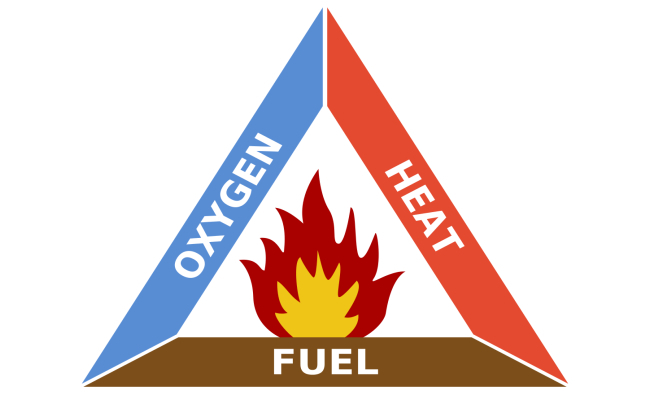The llama (scientific name: glam mud) it is a mammal gives camel family (camelid), of the order Artiodactyla. They are domesticable animals and can be found in the Andean countries of South America, such as Bolivia, Peru, Ecuador, Chile and Argentina.
It is believed that llamas were already domesticated about 4,000 years ago by pre-Columbian peoples and, as well as the alpacas - similar animals that also belong to the camel family - were important for the development of inca people Of region.

Know what the mammal characteristics.
Characteristics of llamas
Llamas can reach 1.20 meters in height to the withers (highest point before the neck) and can weigh up to 150 kg. Its fur is thick and long, suitable for low temperature locations and is culturally important for the textile production.
The gestation of a llama lasts 11 months and, in most cases, only one calf is born, which can weigh up to 11 kg. The llama breastfeeds its offspring up to 5 months and it reaches sexual age at 2 years of age, being able to live up to 24 years.
Llamas feed on plants and grasses and are ruminants, that is, they regurgitate the food after it has been partially digested and then chew it again.
Despite being docile and calm animals, they can be easily irritated. When they get irritated or want to get attention, llamas spit a substance in the direction of whoever irritates them. This substance comes from the stomach and has a very unpleasant smell.
Know who were the incas.
Importance of llamas
The llamas live in the area of Andes mountain range, so they are animals adapted to high altitudes and low temperatures. Local people domesticate them for the production of wool, leather, meat and also as charge transport, that is why they are an important source of income in the region.
They are able to walk about 40 kilometers daily and can go days without drinking water. In addition, they are animals capable of moving easily in the mountainous terrain - places where a mule or horse would have great difficulty walking.
A llama can carry an average of 50 kg, so they are not used for riding. If a llama is given more weight than it can handle, it lies down on the ground until the excess weight is removed.

Difference between llama and alpaca
Because they are similar animals, llamas and alpacas can be confused. Despite being both of the camel family, living in the same habitat and both being domesticable and herbivorous, they are animals of different species.
The alpacas (scientific name: Vicugna pacos) are smaller than llamas, measure about 90 centimeters in height and weigh a maximum of 60 kg, while llamas reach 1.20 meters and 150 kg.
Alpacas have a rounder face and ears, and llamas have sharper faces and ears - this is one of the easiest features to tell them apart.
Alpacas have a softer and more valued wool for textile production, whereas the fur of llamas is rougher and harder.

Know more about Incas, Mayans and Aztecs.


